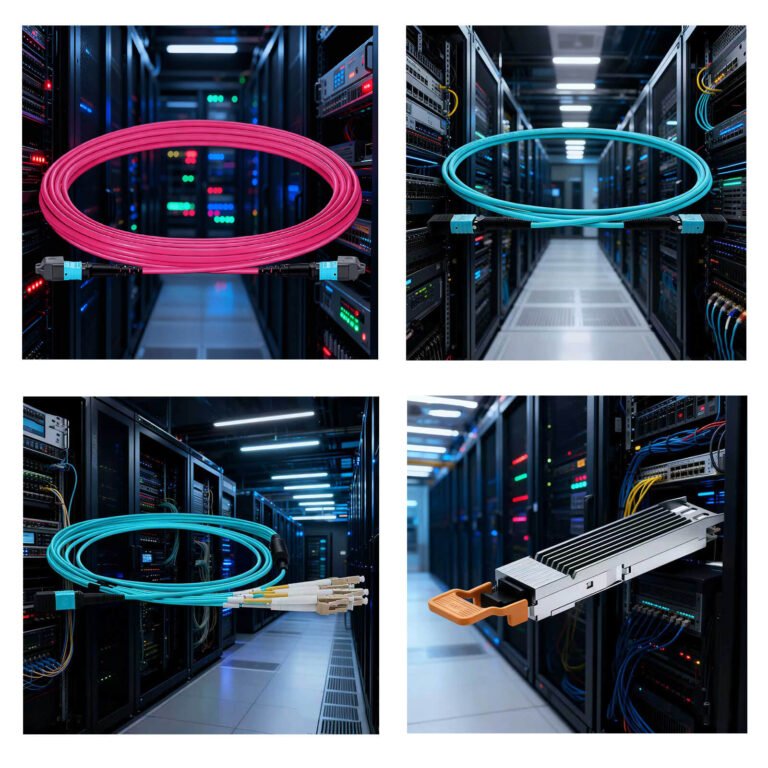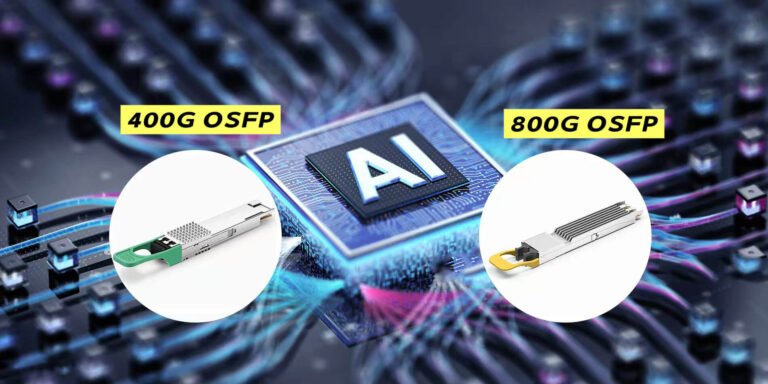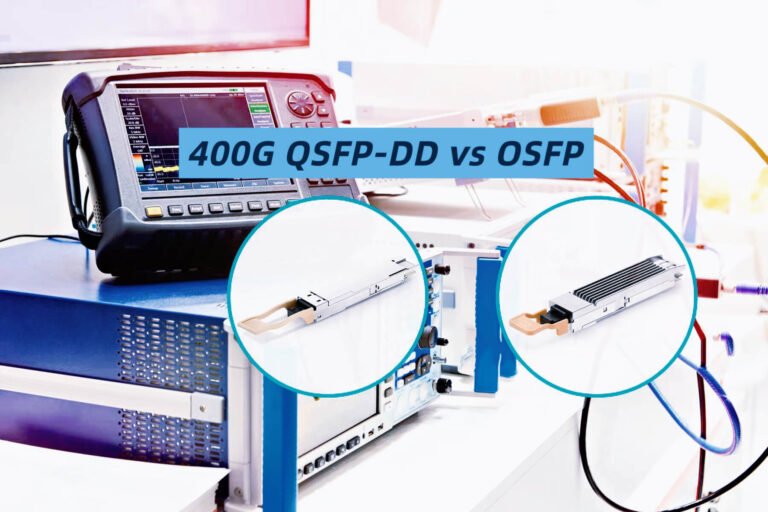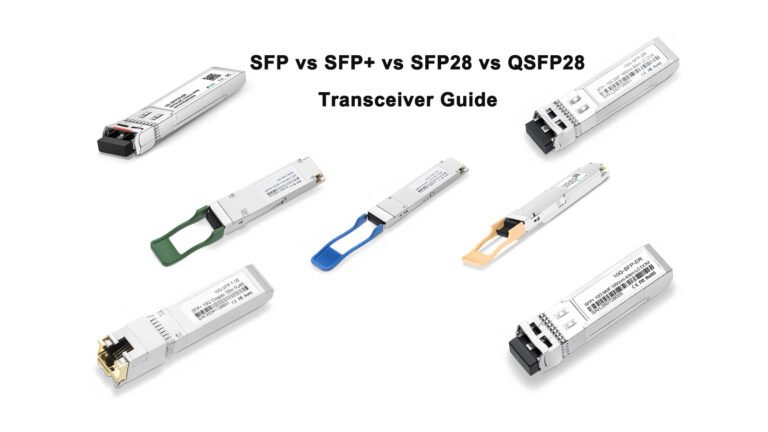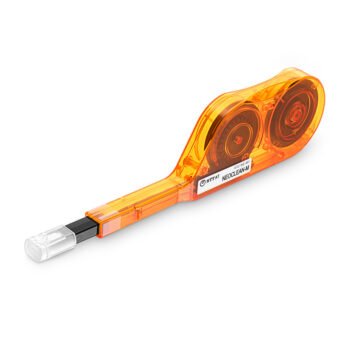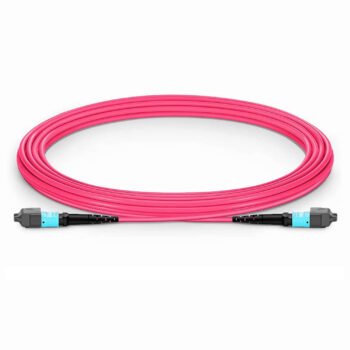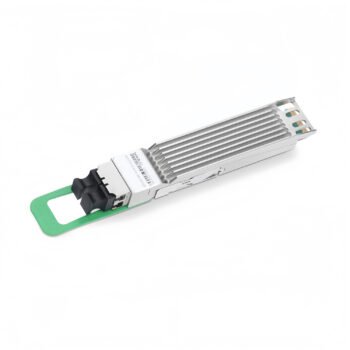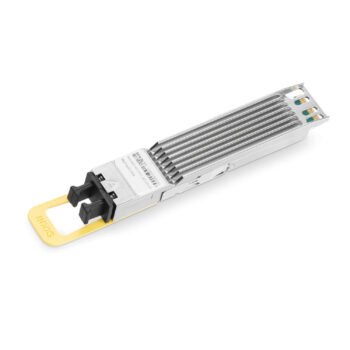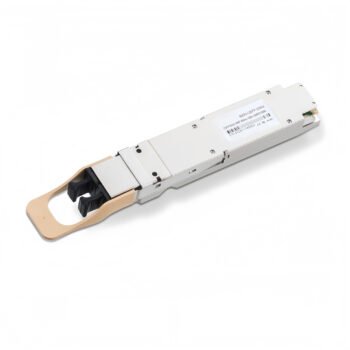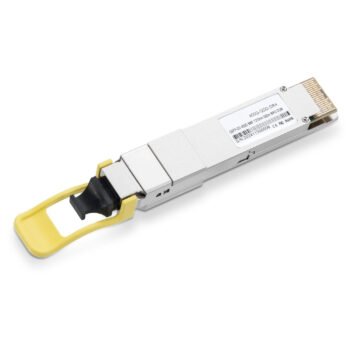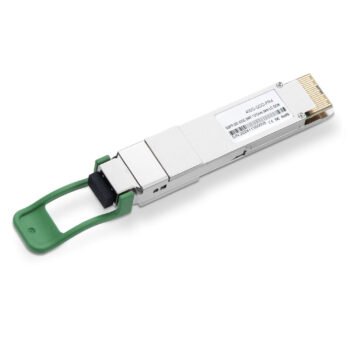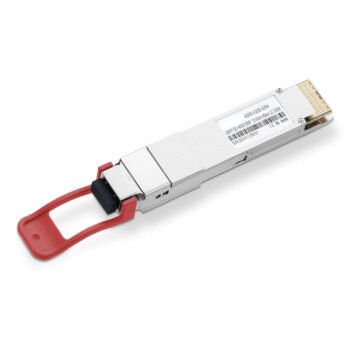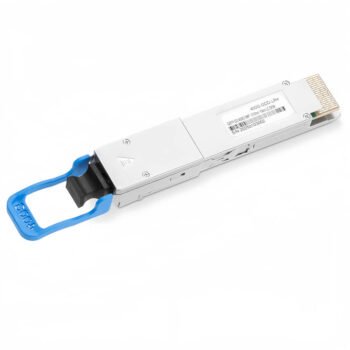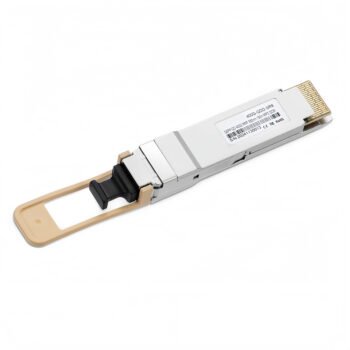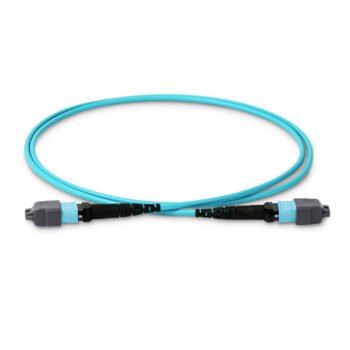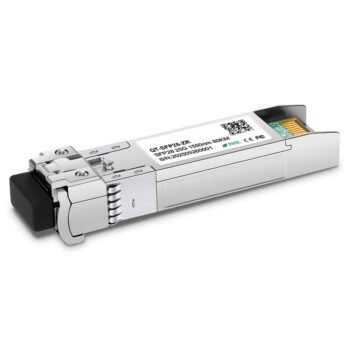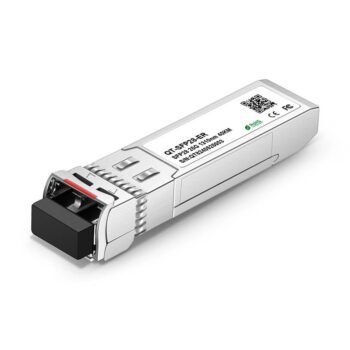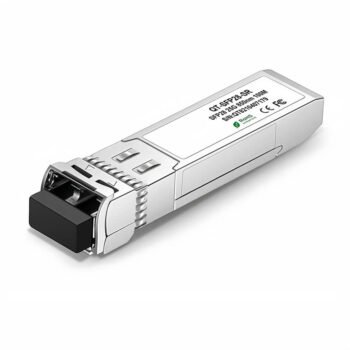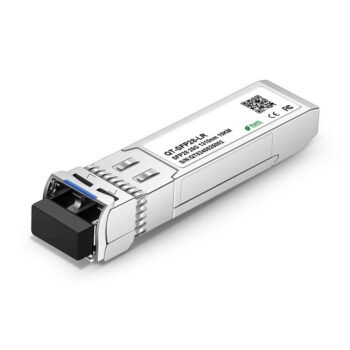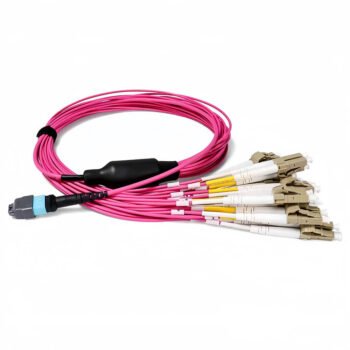Are you struggling to manage network faults? Choosing the wrong architecture leads to downtime and high costs. This choice can make finding a single bad signal feel impossible, especially when service levels are at stake. Understanding Method B vs. C is key to a resilient network.
Polarity Method B, which functions like CWDM, is best for cost-sensitive, short-range networks (<50km) because its wide channel spacing simplifies troubleshooting. In contrast, Polarity Method C, which works like DWDM, is designed for high-capacity, long-distance systems. It offers huge scalability but requires more advanced tools and skills for fault management.
I once helped a client who was fighting constant signal crosstalk. They had the right goals but the wrong architecture for their scale. Let’s break down the tech so you don’t have the same problem. It all starts with the core principles.
What Are the Core Technical Differences Between Method B and Method C?

Both methods manage multiple data signals over a single fiber, but their approach is completely different. This basic difference affects everything from your budget to your network’s future performance. Let’s look at how they work.
For a thorough overview of wavelength division multiplexing, see WDM: Everything You Need to Know.
Method B (CWDM) uses wide 20nm spacing for up to 18 channels, making it a lower-cost solution with simpler components. Method C (DWDM) uses very tight 0.8nm spacing for 40+ channels, enabling massive capacity but requiring precise, temperature-controlled lasers.
Dive Deeper: Method B (CWDM) Technology
Method B is the workhorse for many metro and access networks. It’s built on simplicity and cost-effectiveness.
- Wavelengths: It uses all wavelengths from 1271nm to 1611nm.
- Spacing: Channels are spaced 20nm apart. This large gap reduces the risk of adjacent channels interfering with each other.
- Key Components:
- Lasers: Uses inexpensive, uncooled lasers (like DFB lasers) because precise temperature control isn’t necessary.
- MUX/DEMUX: Relies on less complex and cheaper filters.
Dive Deeper: Method C (DWDM) Technology
Method C is built for maximum performance and distance. It is the standard for long-haul and core networks.
- Wavelengths: It packs many channels into the C-band (1530-1565nm) and L-band (1565-1625nm).
- Spacing: Channels are packed tightly together, often 0.8nm (for 100GHz) or 0.4nm (for 50GHz) apart.
- Key Components:
- Lasers: Requires high-precision, cooled lasers to keep wavelengths from drifting.
- Amplifiers (EDFAs): Erbium-Doped Fiber Amplifiers are often needed to boost the signal for long distances.
How Does Troubleshooting Differ Between Method B and Method C?

When a link goes down, your troubleshooting process depends entirely on the system’s design. The tools and time you need can change dramatically based on which method you’re using.
To better understand how high-density designs impact troubleshooting, check out Optimizing Data Center High-Density Patch Panels.
Troubleshooting Method B (CWDM) is usually straightforward. You can often isolate a single failed wavelength with basic tools. Method C (DWDM), with its dense channels, requires advanced tools like an OTDR and OSA to diagnose complex issues like crosstalk or amplifier failures.
Dive Deeper: A Head-to-Head Comparison
Here’s a clear breakdown of how troubleshooting compares. At ABPTEL, we help clients pick the right setup by looking at these practical factors.
| Comparison Point | Method B (CWDM) | Method C (DWDM) |
|---|---|---|
| Signal Distance | Typically under 50km without amplification. | Can extend to 1000km+ with EDFAs. |
| Crosstalk Risk | Low, thanks to wide 20nm channel spacing. | Higher risk due to tight 0.8nm spacing; needs careful management. |
| Fault Location Tech | Can often be done with a simple power meter. | Requires an Optical Spectrum Analyzer (OSA) to see each channel. |
| Recovery Speed | Fast. Replacing a single channel’s components is simple. | Slower, as fixing one issue might require system-wide adjustments. |
Final thoughts
Method B (CWDM) offers cost-efficiency for smaller, static networks. Method C (DWDM) delivers top performance and scalability for large, dynamic environments. The best choice depends on your budget, scale, and future goals.
If you need help designing a reliable and cost-effective fiber network, feel free to reach out. At ABPTEL, we provide the OEM/ODM data center cables and expertise to make your project a success. You can email me at candy@abptel.com.

